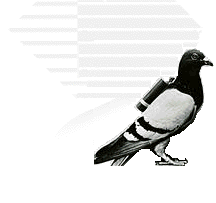
I remember when I was a kid my dad lifted the hood of his car to reveal the handle of a pair of pliers plugging some open orifice in the engine. I asked him what he was thinking, and he said, "The car works, doesn't it?"
Massaging Microsoft Word files into usable ebook formats is kind of like that. To be successful, we have abandon perfection and focus on making the dang thing work.
One of my first projects after launching the public beta of Smashwords was to write the Smashwords Style Guide, which provides authors tips on how to format their Microsoft Word manuscripts in preparation for feeding them into Meatgrinder, our ebook conversion engine.
As I work with authors to improve the quality of their conversions, one of the biggest problems I run into is that so many manuscripts contain unnecessarily complex formatting. This usually isn't the author's fault. Word, in its attempt to provide easy WYSIWYG (what you see is what you get) on-screen editing, has a tendency to sneak a ton of junk into the document, often hidden from the writer.
This stealth formatting usually goes unnoticed when we print to paper, but with ebooks, the formatting often mutates into an ugly unreadable beast. You never know if the reader is consuming your book on a Kindle, a Sony Reader, an Iliad, their iPhone, their laptop, a big screen TV, or any of the myriad other e-reading devices and approaches now available. Each device interprets formatting differently. The ereading software or page display can add another unpredictable dimension to the problem.
The secret to good ebook formatting is to liberate the words from the formatting so that the formatting becomes truly invisible. Eliminate the superfluous formatting and focus on the important bare bones necessities, like indents and paragraph returns. See the Smashwords Style Guide for more.





















No comments:
Post a Comment